Introduction
In our everyday lives, we often overlook the intricate design and functionality of common household items. One such item is the humble paper towel roll, a product of both art and science. This article delves into the fascinating journey of paper towels, from their accidental invention in the early 20th century to their current role in our homes and institutions. We explore the science behind their absorbency, the artistry in their design, and the future of sustainability in their production. Join us as we unravel the complexities behind the perfect paper towel roll, a testament to human ingenuity and creativity.
The Evolution of Paper Towels
Paper towels were introduced in the early 20th century as a solution to prevent the spread of colds from cloth towels in restrooms. The invention was partly accidental, a solution to a surplus of long paper rolls meant for toilet paper that were unsuitable to cut. By the 1920s, the product was perfected and began to be mass-produced. A decade later, paper towel rolls for kitchens were introduced.
The Science Behind Absorbency
Paper towels are designed to absorb water efficiently, thanks to the small fibers with gaps in between them. This absorption process is driven by capillary action, the same phenomenon that allows trees to draw water from the ground. Surface tension, caused by water molecules' attraction to each other, and adhesion, the attraction between different types of molecules, also play crucial roles. The fibers of paper towels are made of cellulose, a polar material that attracts water molecules, enhancing the towel's absorbency.
Material and Texture
Paper towels are made from either virgin or recycled paper pulp, extracted from wood or fiber crops. They are sometimes bleached during the production process to lighten coloration, and may also be decorated with colored images on each square. Resin size is used to improve the wet strength. Paper towels are packed individually and sold as stacks, or are held on a continuous roll, coming in two distinct classes: domestic and institutional. Many companies produce paper towels, with a variety of brands available on the market.
Capillary Action and Porosity
Paper towels are designed with small fibers that have gaps in between them. This structure allows for capillary action, a phenomenon that enables water to be pulled into these gaps. This action is partially fueled by surface tension, caused by cohesion (water molecules being attracted to one another). It's the same principle that allows trees to absorb water from the ground. The absorption process is also aided by adhesion, the attraction between different types of molecules. The fibers of paper towels are made of cellulose, which is polar, resulting in the water molecules being attracted to the cellulose fibers.
The Art of Paper Towel Design
The art of paper towel design goes beyond aesthetics, it also considers functionality and user experience. A clever design example is a minimal paper towel dispenser that hides the roll. This design not only provides paper towels on demand but also maximizes free counter space, eliminating the need for a bulky holder. It's a testament to how thoughtful design can enhance everyday items like paper towel rolls.
Aesthetics and Roll Design
Some paper towel rolls are not just functional, but also aesthetically pleasing. They come in a variety of vibrant colors, including chic red, sour orange, Caribbean blue, trendy pink, lime green, and rare yellow. These colored paper towels can match your kitchen decor or table accessories, adding a stylish touch to your home. Moreover, some brands offer unique designs randomly selected from a collection, adding an element of surprise to each shipment. This attention to aesthetics and design sets these paper towel rolls apart.
Functionality and User Experience
The user experience of paper towel dispensers can reveal a lot about a business's customer-centricity. Modern, programmable, touchless dispensers offer a balance between customer convenience and towel consumption. The most customer-oriented organizations ensure a large towel is always ready for use, dispensing a new one as soon as the previous one is removed. However, some businesses set their dispensers to maximize customer inconvenience, signaling a focus on cost minimization over customer convenience. This highlights the importance of considering user experience even in seemingly minor details like paper towel dispensers.
Sustainability and the Future of Paper Towels
The future of paper towels lies in sustainability, with alternatives to traditional paper towels gaining popularity. These alternatives, often made from recycled or sustainable materials like cotton, polyester, viscose, or cellulose, are designed to be reusable, reducing waste. Some are even biodegradable or compostable. However, their effectiveness varies, with some needing to be wet before use, and others being absorbent right from the pack. The most eco-friendly options are made from organic cotton, using carbon-neutral manufacturing processes. However, these are often more expensive. There are also options made from cellulose and cotton, which are biodegradable but less effective at absorbing spills.
Eco-friendly Materials and Manufacturing Processes
The shift towards eco-friendly materials and manufacturing processes in the paper towel industry is evident. Some brands are leading the way with their sustainable paper towels, using a blend of byproducts from agricultural processing and bamboo to create biodegradable paper towels. Other brands use certified recycled material to produce their biodegradable and compostable paper towels. These brands ensure carbon-neutral shipping and plastic-free packaging, demonstrating a commitment to reducing environmental impact.
Innovations in Reusability and Waste Reduction
The good news is that plenty of eco-friendly alternatives can help lessen our impact on the earth and save us money in the long run. Investing in some of these options can significantly reduce our need for paper products and help keep our planet healthy for future generations. There are innovative, eco-friendly alternatives to traditional paper towels available on the market. These products are designed to be reusable, reducing waste and offering a more sustainable solution to our everyday needs.
Conclusion
The humble paper towel roll, often taken for granted, is a marvel of both art and science. Its evolution from a solution to a manufacturing problem to an essential household item demonstrates human ingenuity. The science behind its absorbency, capillary action, and the use of cellulose fibers, is as fascinating as the artistry in its design and user experience. However, the future of paper towels lies in sustainability. As we move towards a more eco-conscious world, brands are innovating with biodegradable materials and reusable alternatives. While these options may be more expensive, they offer a viable solution to reducing waste and preserving our planet for future generations. The story of the paper towel roll is a testament to our ability to innovate, adapt, and strive for a better future.
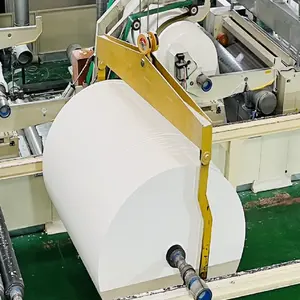



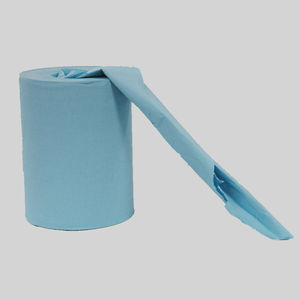



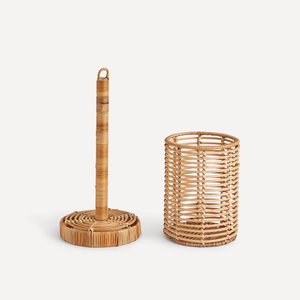
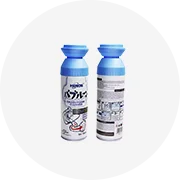
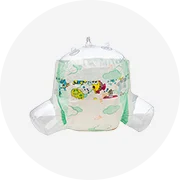

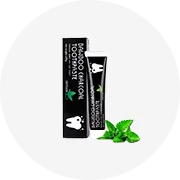

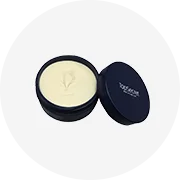
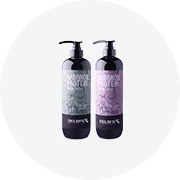
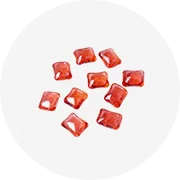
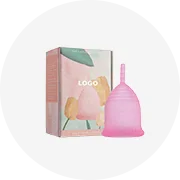
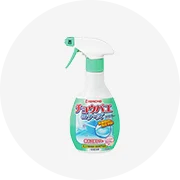
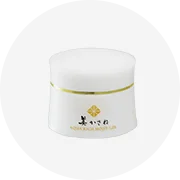
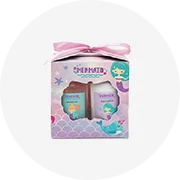

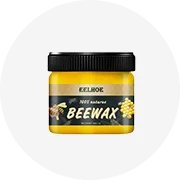
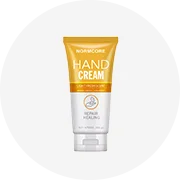
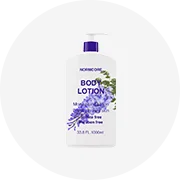








 浙公网安备 33010002000092号
浙公网安备 33010002000092号 浙B2-20120091-4
浙B2-20120091-4